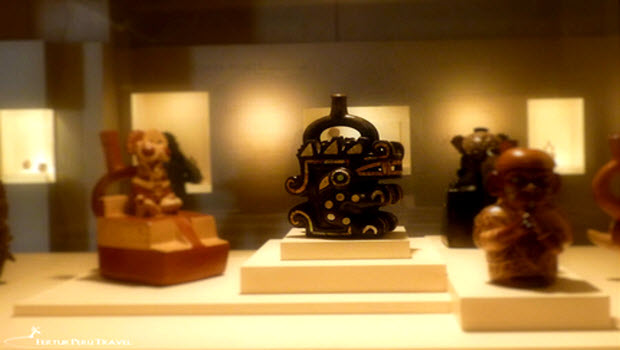
Peru’s archaeological art of the ancients
Imagine a future thousands of years from now, in which the context and characteristics of Western Civilization have been lost to recorded history. In a futuristic archaeology museum, visitors admire and puzzle over the excavated remains of the Sistine Chapel.
The archaeologists of the future struggle to make sense of it. With nothing more to go on than a crumbling, fragmentary section of Michelangelo’s depiction of Hell from the Last Judgement, the interpretation of the iconography leads to some pretty inaccurate conclusions about the Renaissance and Christianity itself.
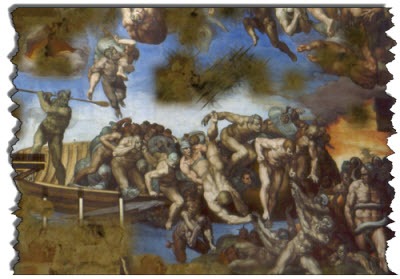
But while the scientists piece together the past mystery, visitors come in droves to appreciate the faded fresco for its pure aesthetic value. Even though Michelangelo is no longer remembered, his masterpiece still pulls at the spectator’s soul.
That’s one way to understand Peru’s treasure trove of archaeological artifacts that you’ll see when you visit some of the country’s world class museums.
In Peru, pottery and weavings are the surviving expressions of a long lost memory and recorded history. They offer motifs that provide clues into the culture, religion, mythology and symbolism that was the essence of once mighty civilizations.
Archaeologists continue to make new discoveries in Peru practically every month, as they piece together the puzzle of who these ancient people were.
At the same time, Peru’s museum curators have made great strides in exhibiting pre-Columbian artifacts as more than mere scientific specimens, but also as great works of art that exude a timeless and universal beauty.
That wasn’t always the case.
Fernando de Szyszlo, Peru’s world-renowned abstract artist, wrote in an article for Chasqui magazine in 2004 that for decades, the usual attitude toward pre-Columbian artifacts was to concentrate on the archaeological and historical value. Scientific ideas tended to trump aesthetic criteria, he wrote.
American art critic Alan Lapiner came up with a clear explanation of why the archaeological predominated over the artistic, Szyszlo wrote. “According to Lapiner, the Mediterranean archaeology began as a humanistic search for ancient objects with an aesthetic value and then became a scientific discipline, whereas originally only a few illustrious enthusiasts in search of classical art discovered the history of these people almost by accident.”
The opposite occurred in the Americas, where the researchers revealed the art produced by ancient societies almost unintentionally, Szyszlo concluded.
Not so anymore.
Make sure your Lima tour includes a visit to the Larco Museum. Bring a sketch book or a camera (no flash photography though!).
The artistic masterpieces of the ancients include the Cupisnique athropomorphic feline, a jet black stirrup bottle sculpture depicting the dual, deified features of a human and a jaguar.
Crafted sometime between 800 B.C.E. (before common era) and 200 C.E., the piece is timelessly contemporary and could easily be displayed in a modern art gallery without raising an eyebrow.
Another piece is the “Rampant Feline” (AKA: Moon Dog), produced by the Moche culture, which dominated a dozen fertile river valleys along what is now Peru’s northern Pacific coast from about 100 to 800 C.E. (Common Era).
This piece is a mystical animal, part feline, part bird, sharing one mystic turquoise eye.
The zoomorphic character refers to the concept of cosmic duality, an important facet of pre-Columbian religions. The decorative inlaid mother of pearl possibly represents the snake.
The inlaid, triangle-shaped steps below the stirrup spout are symbolic of the union between the underworld (snake), the earthly world (feline) and the celestial world (bird).
The piece as a whole expresses a spiritual notion of those three realms in an intriguing union of powers.
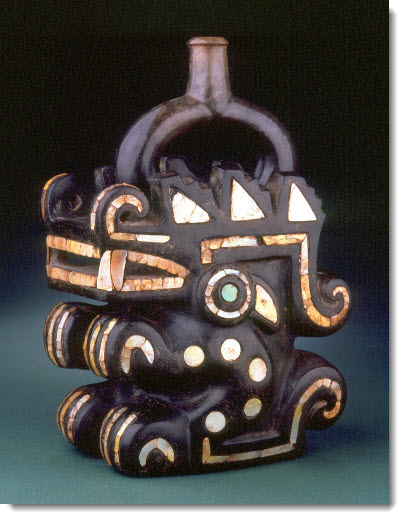
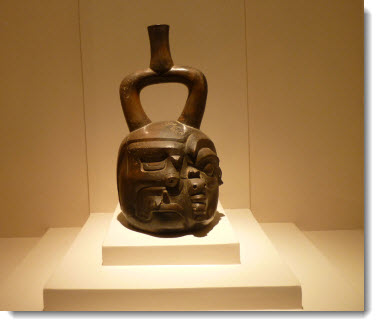
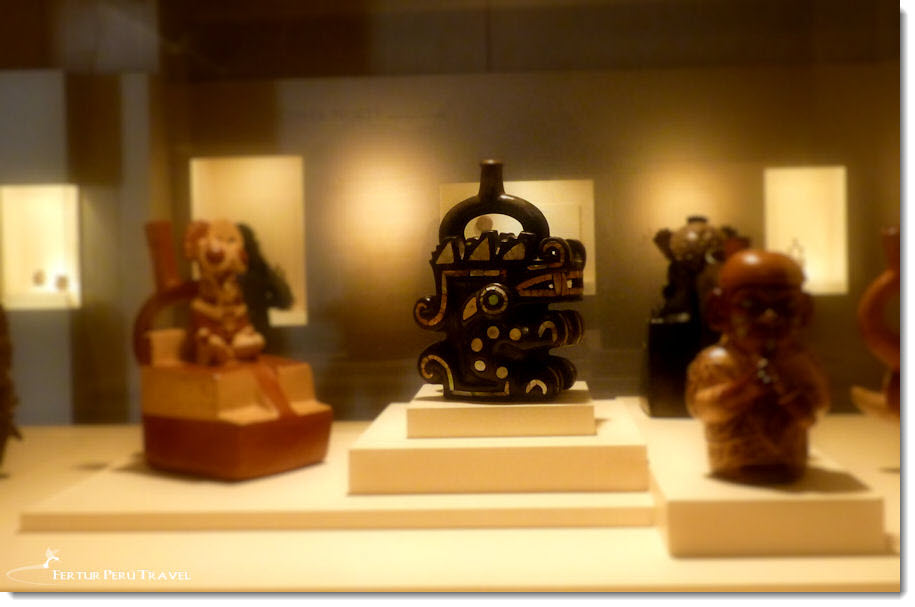
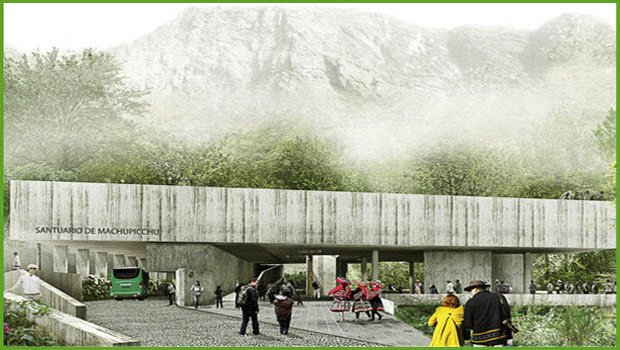 Design of new visitor complex entrance chosen for Machu Picchu
Design of new visitor complex entrance chosen for Machu Picchu 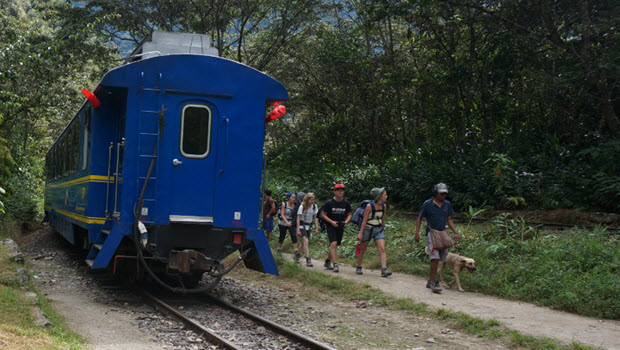 Regulating the back door entrance to Machu Picchu
Regulating the back door entrance to Machu Picchu 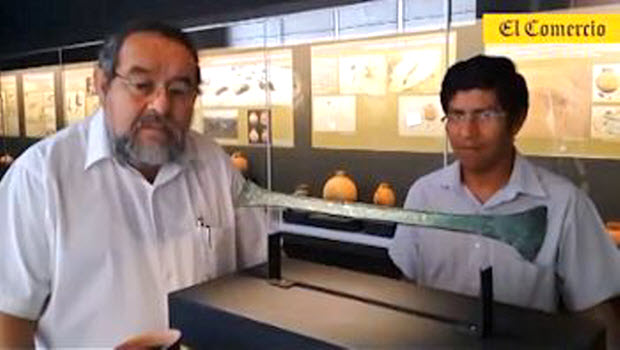 Free exhibit of ancient artifacts from El Chorro tombs
Free exhibit of ancient artifacts from El Chorro tombs 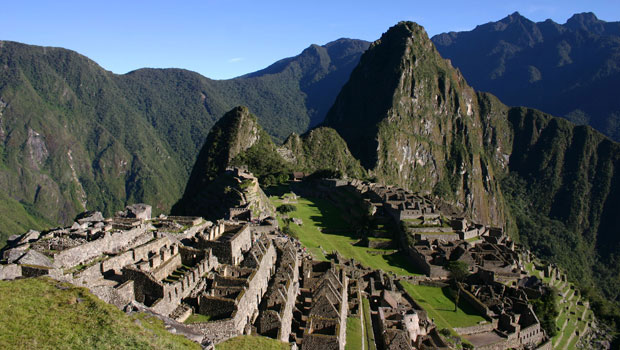 Mandatory tour guides and fixed routes coming soon for Machu Picchu
Mandatory tour guides and fixed routes coming soon for Machu Picchu 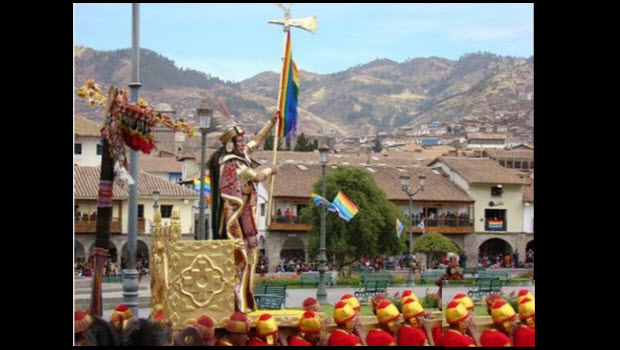 Book your Cusco trip featuring the Inti Raymi Festival
Book your Cusco trip featuring the Inti Raymi Festival 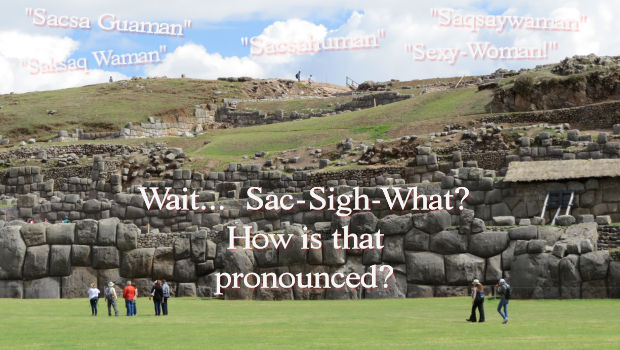 How to pronounce the name of that awesome ruins above Cusco
How to pronounce the name of that awesome ruins above Cusco 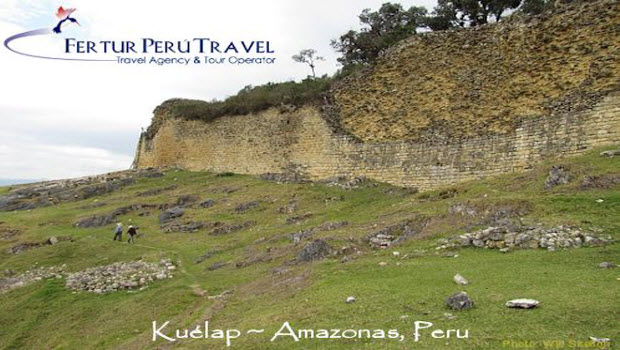 Seven reasons to visit the temple fortress of Kuelap on your vacation to Peru
Seven reasons to visit the temple fortress of Kuelap on your vacation to Peru 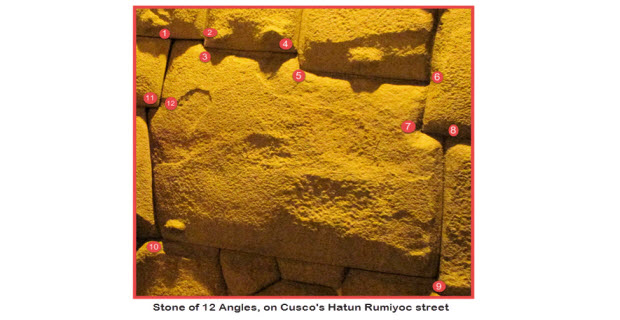 Famous 12 angle Inca stone topped but not overshadowed by 13 angle stone
Famous 12 angle Inca stone topped but not overshadowed by 13 angle stone
As an artist i got the chance to go through the art background of Peru. When I visit this page I found the art and craft works. I am interested in this art field. thanks for giving the opportunity to find the details.